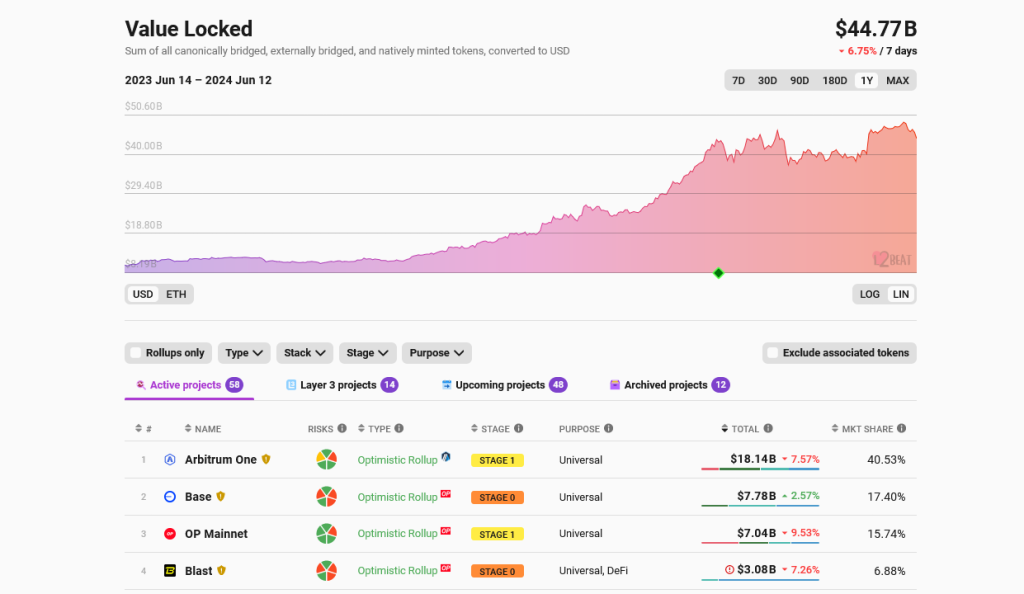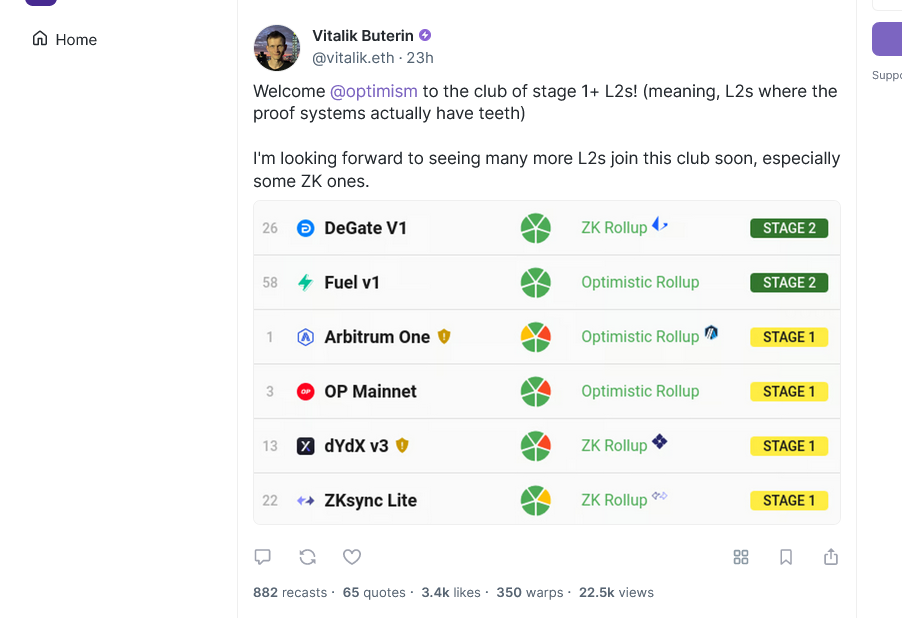In a major milestone for Ethereum and layer-2s, Optimism, a layer-2 scaling platform for the second most valuable network, has announced the activation of open source and permissionless fault proofs.
Even though the platform manages over $7 billion of assets, according to L2Beat, Optimism, like most optimistic rollups, lacked a way of trustlessly verifying transactions. It relied on a centralized sequencer and fraud-proof system for this function.

Optimism Activates Trustless Fraud-Proof System
Activating the open-source fault-proof system is crucial to creating a more decentralized and secure future for the Optimism ecosystem. Overall, fault proofs are a critical component, allowing users to verify the validity of all offchain transactions.
Most importantly, it allows users to challenge any fraudulent activity on Optimism, creating a safeguard against unauthorized withdrawals, for example, and much more.
In a post, Optimism Labs said the layer-2 platform relied on a centralized system. Here, the Optimism Security Council held the power to initiate withdrawals.
However, the platform eliminates this dependency with trustless fault proof in place. This means that any user can withdraw tokens without the council intervening. The power move is huge for the community and decentralization.
Even so, to ensure the safe implementation of this fault-proof system, the Optimism Security Council will still have the power, at least temporarily, to intervene in cases of critical failures. This decision means Optimism will continue to operate securely as it decentralizes gradually.
Eventually, the platform plans to release a “multi-proof nirvana” that is open-source and modular, possibly including zero-knowledge proofs. This will go beyond the current “Cannon” system.
Buterin Acknowledgement, But Why Is OP Crashing?
Vitalik Buterin, the co-founder of Ethereum, acknowledged this milestone, welcoming Optimism to the “club of stage 1+ L2s.” Nonetheless, the co-founder still needed more zero-knowledge proof-based layer-2 platforms to join the ranks.

Optimism is the second layer-2 platform after Arbitrum to announce the release of fault-proof systems, though both are still being tested. Dubbed the Bounded Liquidity Delay (BOLD), Arbitrum’s fraud-proof system was launched on Testnet early last month.
Despite this milestone, OP is firm but under pressure in the first half of June.
At spot rates, OP is down roughly 55% from March highs. With Ethereum and Bitcoin prices under pressure, the token could break May lows of $1.8 with eyes on $1.1.
















